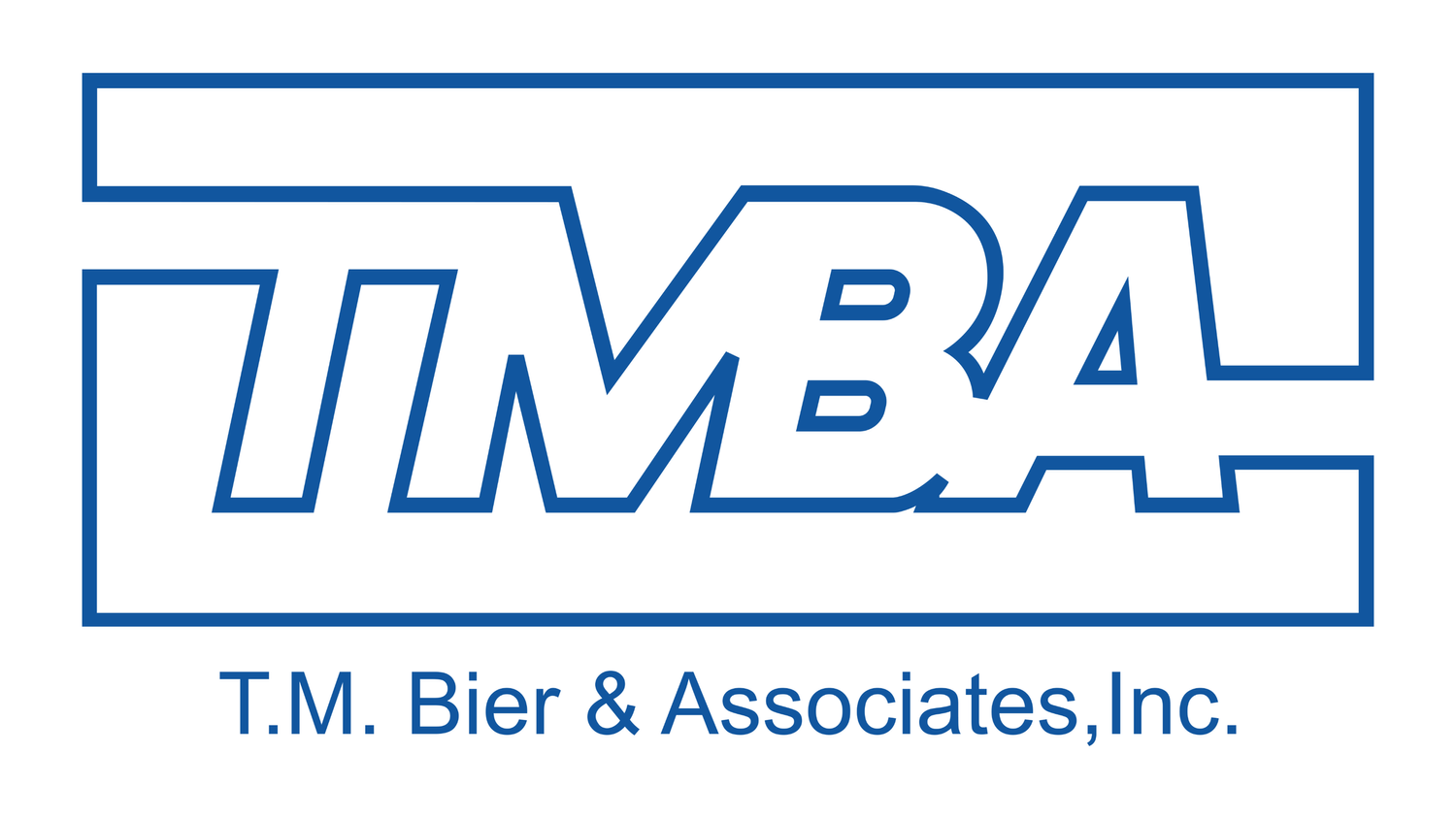Getting the Most Out of Your BMS Energy Dashboard
In today’s high-performance buildings, energy dashboards are everywhere. Whether you’re in a brand-new facility or a decades-old retrofit, chances are your Building Management System (BMS) gives you a screen full of graphs, charts, and numbers—maybe even on your phone.
But what is all that information really telling you? More importantly: how do you use it to run your building better?
At T.M. Bier & Associates, we help building owners, property managers, and facilities teams interpret this data every day. Whether we’re installing a new Schneider Electric EcoStruxure Building Operation system or working with an existing one, the goal is the same: provide meaningful insights, not just data overload.
Energy Dashboards: A Quick Primer
An energy dashboard is the window into your building’s energy usage. If you’re using Schneider Electric’s EcoStruxure Building Operation, you have access to a customizable interface that brings together energy consumption data, system status, and analytics in real time.
On a basic level, your dashboard may show:
Power consumption (kW or kWh), broken down by system—HVAC, lighting, plug loads, etc.
Energy trends over days, weeks, or seasons.
Peak demand and when it occurs.
Alarms or alerts if systems are running outside expected parameters.
KPIs tied to sustainability goals, energy costs, or equipment efficiency.
But the dashboard itself is just the starting point.
What’s the Point of All This Data?
Many buildings have the technology in place but aren’t fully leveraging it. Dashboards are designed to give you actionable insights, like:
Understanding Energy Costs. Seeing real-time and historical usage helps pinpoint what’s driving high utility bills.
Balancing Comfort and Efficiency. Energy trends can show whether you’re achieving optimal comfort levels without overspending on HVAC or lighting.
Identifying Maintenance Needs. Changes in energy patterns often point to underperforming equipment. A chiller drawing more power than normal? That’s a sign it may need service.
Sustainability Reporting. If you’re tracking toward LEED, WELL, or Energy Star benchmarks, dashboards help quantify your progress.
What You Should Be Looking For
If you’re a facility manager, you probably don’t have time to stare at charts all day. But there are key data points that are worth reviewing regularly.
1. Unexpected Spikes in Energy Usage
Could indicate:
Equipment starting unexpectedly.
Systems running during unoccupied periods.
Faulty sensors or control overrides.
2. Peak Demand Trends
Understand when peak demand occurs. You can:
Adjust scheduling to stagger equipment start-ups.
Reduce load during demand charge windows.
3. Scheduling and Setpoint Compliance
Check if:
HVAC systems are running during off-hours.
Temperatures are drifting outside of setpoints due to overrides or sensor issues.
4. Equipment Efficiency
Look at:
Energy input vs. system output.
Chillers, boilers, AHUs trending higher in energy use without an increase in load.
Common Obstacles (and How to Overcome Them)
Even with a solid dashboard, we see a few common issues that prevent teams from making the most of their BMS data.
1. Data Overload
The problem: Too much data, not enough clarity.
Solution:
Customize the dashboard to show only the most relevant KPIs for your building.
TMBA often works with clients to simplify views: one screen for daily use, deeper dives only when needed.
2. Poor Alarm Management
The problem: Operators become desensitized to constant alarms (“alarm fatigue”).
Solution:
Prioritize alarms—critical issues should stand out, while minor alerts can be reviewed periodically.
TMBA helps set up alarm thresholds so you’re only notified when it matters.
3. Inaccurate or Outdated Data
The problem: Sensors drift over time, and bad data leads to bad decisions.
Solution:
Schedule regular calibration and maintenance of sensors.
TMBA provides periodic audits of system data integrity as part of our service contracts.
4. Lack of Staff Training
The problem: Staff aren’t always trained on how to interpret dashboard data or make system adjustments.
Solution:
Regular hands-on training sessions.
TMBA offers custom training programs to get your team comfortable navigating EcoStruxure dashboards and acting on insights.
Pro Tips for Better Dashboard Management
If you’re managing a building and want to get more from your energy dashboard, here are a few quick wins:
Start Simple
Don’t try to analyze everything at once. Focus on key systems (HVAC, lighting) and expand from there.Check Your Schedule Settings Regularly
Validate that holiday schedules and unoccupied periods are correctly programmed—this is one of the easiest ways to avoid unnecessary energy use.Monitor Peak Demand Windows Closely
These timeframes can have the biggest impact on utility costs. Adjust start-up sequences or load shedding strategies to manage demand.Use Trend Logs, Not Just Snapshots
Review trend data over time to catch issues before they escalate. TMBA can help you set up trend logs that make this easy.Document Changes
Any time a setpoint or schedule is changed, document it. This helps prevent conflicting adjustments and keeps everyone on the same page.
How TMBA Helps Clients Get the Most Out of Energy Dashboards
A BMS is only as valuable as the way it’s used. At TMBA, we go beyond the installation of systems like EcoStruxure Building Operation. We work directly with facility teams to:
Customize dashboards for the specific goals of your facility—whether that’s energy cost reduction, tenant comfort, or carbon footprint tracking.
Train your staff on how to interpret trends and alarms so they can make informed decisions without relying on third-party analysis.
Provide ongoing optimization. Even the best dashboards need fine-tuning. Our team provides continuous monitoring and proactive recommendations to keep your building running at peak performance.
It’s Not Just Data—It’s Insight
Your energy dashboard is a powerful tool, but it only adds value when it leads to informed action. At TMBA, we help clients go beyond the numbers to optimize building performance, cut energy costs, and stay ahead of maintenance issues.
Want to get more out of your BMS?
Contact TMBA today to talk about energy dashboard optimization and facility support services.

